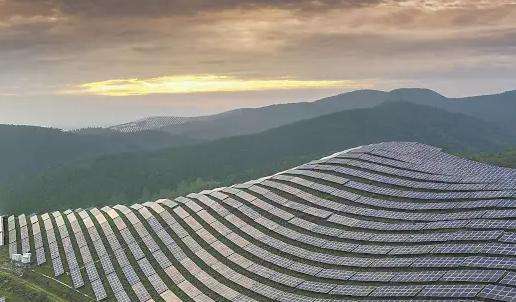When the solar cell operates normally, it generates voltage. This voltage is a reverse voltage of the bypass diode, so the diode does not conduct forward.
When the solar cell is not working or the battery output voltage is lower than the forward voltage drop of the diode, the bypass diode is sometimes turned on and ensures that current flows through the loop.
Personally, I think that the area covered by the solar cell will only affect the output current and basically has nothing to do with the output voltage.
Solar bypass diode status problem
When Dongguan Xinghuo Solar Technology Co., Ltd. will produce solar panels, it will select the appropriate wiring based on the number of cells in series and parallel in the The package usually has one, two, three or six diodes, depending on the actual power.
A bypass diode isconnected in parallel between the positive and negative electrodes of the solar cell module to prevent the energy generated by the lighting module from being consumed by the shaded module.
Calculation of the number of cells connected in parallel for each bypass diode
1 The minimum current capacity of the bypass diode must be:
I= 4.73. ×2=8.46A
2. Use 10SQ030 diode
The maximum reverse bias voltage is: VRRM=30V IAV=10A VF=0.55V
TJ= -55 -200 ℃
< p>3. A bypass diode with a voltage withstand capacity of 30 V can protect up to 125 × 125 cells:N=30/(2×0.513)≈ 29.24
That is to say, it can protect up to 29 cells 125×125;
In principle, each cell should be connected in parallel with a bypass diode for better protection and to reduce the risk of damage in abnormal conditions. The number of cells invalid, but due to influence the price and cost of bypass diodes, dark current loss and the existence of voltage drop in working conditions, for silicon cells it is optimal to connect one . bypass diode in parallel every fifteen cells.
Please enter for more knowledge:
First copy sf888.pvfamily into the website input bar, then write the suffix.cn
Use the 72pcs, 36V module For example:
On the battery board you can see 3 component strings soldered together. Each string has 24 parts, which corresponds to a 12 V output. The parts to be soldered go into the junction box, and the 3. component strings are soldered in series (at the same time, each string bypasses a diode at the point series welding), an output voltage of 36 V is obtained (module).
The role of the diode: if one of the three component chains above is disconnected, theCurrent will flow from the bypass diode and the module will still produce 24 V. This will impact the current. the entire system, but it will not be a complete failure, as photovoltaic systems often require many modules to be connected in series to meet the input voltage requirements of the inverter.
Shade cover from trees, etc. is only related to the maximum power tracking point (MPPT) and has nothing to do with the diode.














